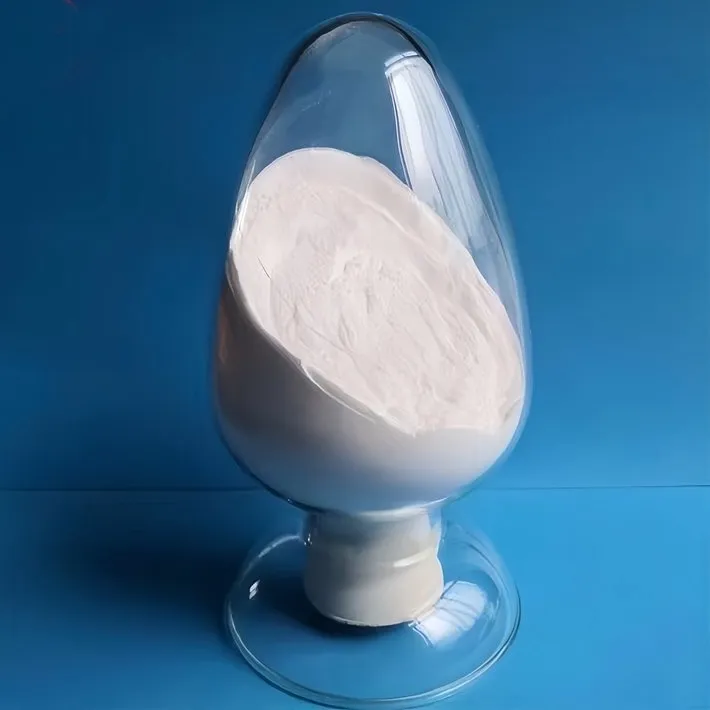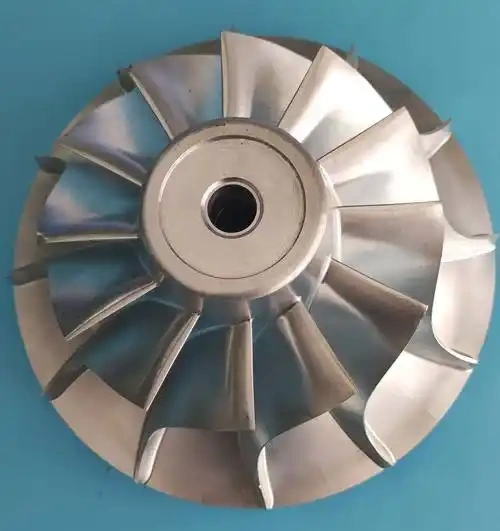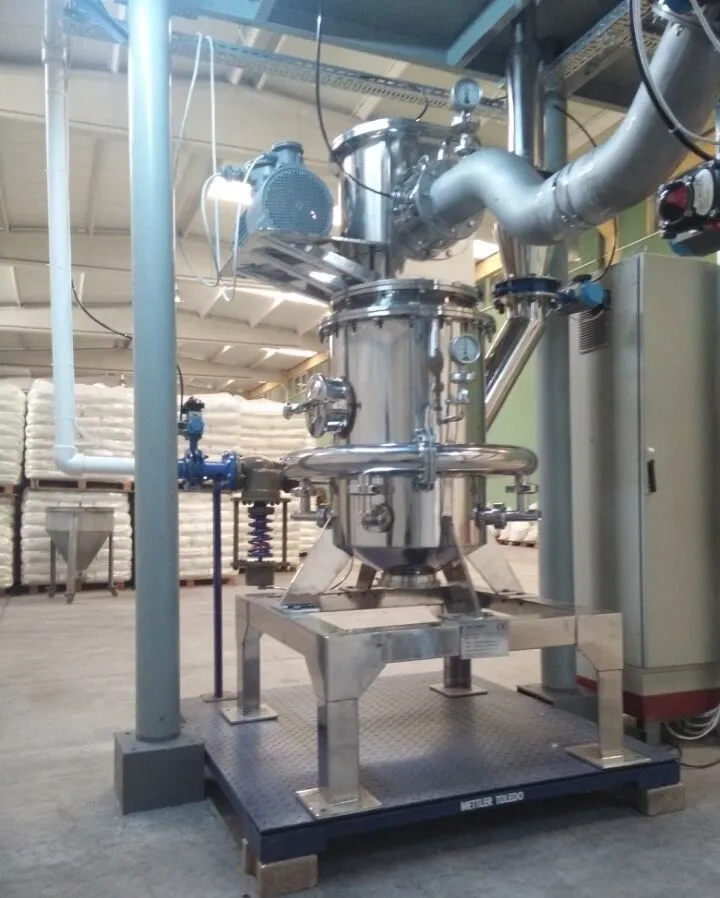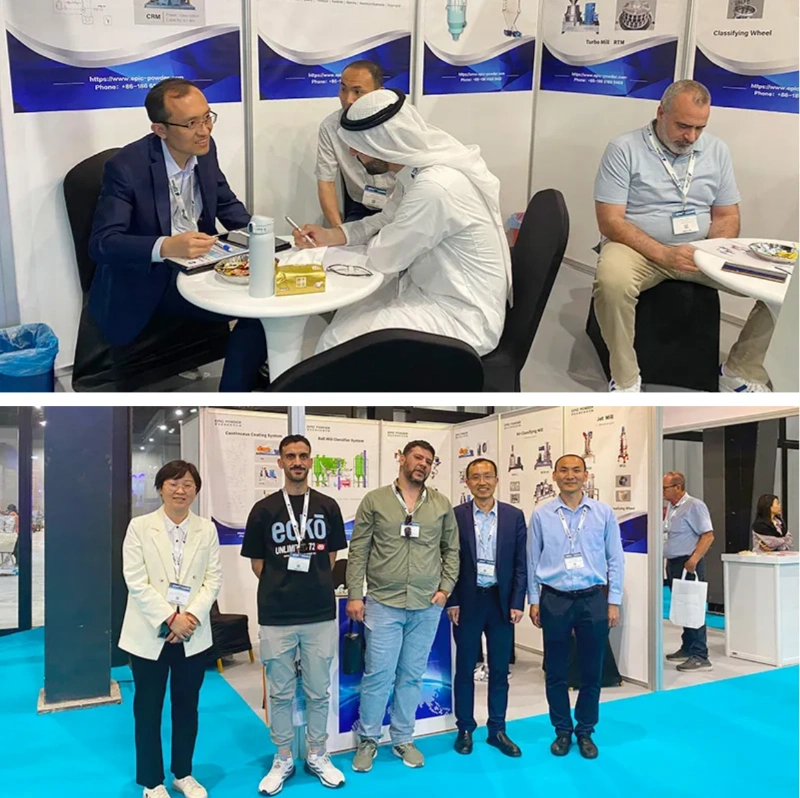Dalam beberapa tahun terakhir, komponen struktur pesawat telah menggunakan sejumlah besar paduan aluminium. Karena lingkungan yang keras dan beban bolak-balik atau benturan, komponen paduan aluminium sering mengalami keausan, korosi, dan keretakan. Oleh karena itu, permintaan akan teknologi baru untuk memperbaiki kerusakan komponen dengan cepat dan efisien sangat mendesak. Berbagai teknologi penyemprotan telah menunjukkan keunggulan unik dalam perbaikan komponen struktur pesawat. Kemurnian tinggi bubuk keramik alumina, dengan sifat-sifatnya yang luar biasa, digunakan secara luas dalam teknologi perbaikan penyemprotan. Bubuk ini digunakan untuk memperbaiki komponen-komponen pesawat terbang yang rusak. Oleh karena itu, penelitian tentang pembuatan dan penerapan bubuk alumina berkualitas tinggi menjadi sangat penting.

Teknologi perbaikan serbuk keramik alumina dengan kemurnian tinggi terutama bergantung pada berbagai teknik penyemprotan. Teknologi penyemprotan (perlakuan permukaan) menciptakan permukaan kerja khusus pada material umum. Teknologi ini memberikan ketahanan terhadap korosi, ketahanan terhadap keausan, isolasi termal, konduktivitas, ketahanan terhadap oksidasi, perlindungan terhadap radiasi gelombang mikro, dan isolasi. Teknik umum meliputi penyemprotan dingin, penyemprotan termal, dan lainnya, yang memiliki keunggulan unik dalam perbaikan komponen pesawat tertentu.
Penyemprotan Dingin Bubuk Keramik Alumina untuk Memperbaiki Kegagalan Struktur Pesawat
Teknologi penyemprotan dingin mengacu pada proses di mana partikel logam tidak meleleh tetapi dipercepat di atas kecepatan kritis oleh udara terkompresi. Partikel mengalami deformasi dan langsung mengendap ke permukaan substrat, membentuk lapisan.
Bubuk semprot flu biasa mengandung campuran aluminium dan bubuk alumina, bubuk aluminium murni, dan bubuk campuran umum berbasis nikel (termasuk nikel dan alumina).
Saat memperbaiki komponen pesawat dengan campuran bubuk aluminium-alumina, bubuk tersebut dapat dengan cepat diendapkan. Setelah diperbaiki, kekuatan ikatan antara komponen dan lapisan cukup baik (lebih dari 35 MPa), dengan kekerasan di atas 46 HB. Bubuk ini juga memiliki kemampuan mesin yang baik dan dapat digunakan untuk memperbaiki baja, aluminium, magnesium, dan paduannya.

Penyemprotan Termal Bubuk Keramik Alumina untuk Memperbaiki Kegagalan Struktur Pesawat
Penyemprotan termal terutama menggunakan sumber panas seperti api, busur listrik, dan plasma untuk memanaskan bahan semprotan hingga meleleh atau setengah meleleh. Partikel-partikel tersebut kemudian dipercepat untuk bertabrakan dengan substrat, membentuk lapisan. Dibandingkan dengan proses perawatan permukaan lainnya, penyemprotan termal memiliki rentang bahan yang dapat disemprotkan lebih luas. Ketahanan aus yang tinggi dari penyemprotan termal dapat secara efektif mengimbangi kelemahan paduan aluminium, seperti kekerasan yang rendah, ketahanan aus yang buruk, dan kegagalan yang cepat saat rusak.
Oksida (seperti bubuk keramik alumina) dan nitrida dalam pelapis semprot termal dapat meningkatkan kekerasan pelapis dan meningkatkan ketahanan aus. Porositas pelapis juga menahan lapisan pelumas dan dapat menampung serpihan yang dihasilkan oleh keausan. Ini membantu menjaga area kontak tetap bersih dan mengurangi gesekan.
Arah Penelitian Pelapisan Alumina
Pelapis keramik alumina memiliki kekerasan tinggi, ketahanan aus yang sangat baik, dan bahan kimia stabilitas, sehingga cocok untuk kondisi ekstrem seperti keausan dan korosi suhu tinggi. Pelapis keramik telah menjadi bahan pelapis yang menjanjikan. Namun, pelapis keramik pada dasarnya rapuh dan memiliki perbedaan koefisien ekspansi termal yang signifikan dibandingkan dengan logam substrat. Di bawah beban berat, benturan, atau gesekan, pelapis keramik rentan terhadap keretakan, yang membatasi kinerjanya dan memperpendek masa pakainya. Oleh karena itu, pengerasan pelapis keramik telah menjadi fokus penelitian utama di bidang rekayasa permukaan.
Untuk mencapai kinerja yang lebih baik, memenuhi persyaratan penggunaan, dan memperpanjang masa pakai pelapis, berbagai upaya dilakukan dalam tiga area: bubuk semprot, komposisi pelapis, dan struktur pelapis. Secara khusus, bubuk semprot disempurnakan dari skala mikron ke skala nano. Komposisi pelapis berevolusi dari alumina fase tunggal ke pelapis komposit multikomponen. Struktur pelapis bergeser dari pelapis alumina satu lapis ke pelapis multilapis dan gradien. Berkat kerja keras para peneliti, pelapis alumina kini digunakan secara luas di banyak bidang.
Prospek Bubuk Keramik Alumina
Dengan berkembangnya ilmu pengetahuan dan teknologi, teknologi penyemprotan menuntut persyaratan yang lebih tinggi untuk bubuk ukuran partikel, kemurnian, keseragaman, dispersibilitas, dan kemampuan mengalir. Permintaan bubuk alumina ultrafine dengan kemurnian tinggi juga meningkat. Saat ini, bubuk domestik masih belum dapat menandingi kinerja bubuk impor kelas atas. Oleh karena itu, mempelajari efek perbaikan alumina bubuk keramik dalam berbagai ukuran (mikron, submikron, dan skala nano) sebagai bahan semprot sangatlah penting. Penting juga untuk melakukan penelitian khusus guna memenuhi persyaratan kualitas perbaikan berbagai komponen struktural.

Bubuk Epik

Bubuk Epik, 20+ tahun pengalaman kerja di industri bubuk ultrafine. Secara aktif mempromosikan pengembangan bubuk ultra-fine di masa depan, dengan fokus pada proses penghancuran, penggilingan, pengklasifikasian, dan modifikasi bubuk ultra-fine. Hubungi kami untuk konsultasi gratis dan solusi yang disesuaikan! Tim ahli kami berdedikasi untuk menyediakan produk dan layanan berkualitas tinggi guna memaksimalkan nilai pemrosesan bubuk Anda. Epic Powder—Ahli Pemrosesan Bubuk Tepercaya Anda!
